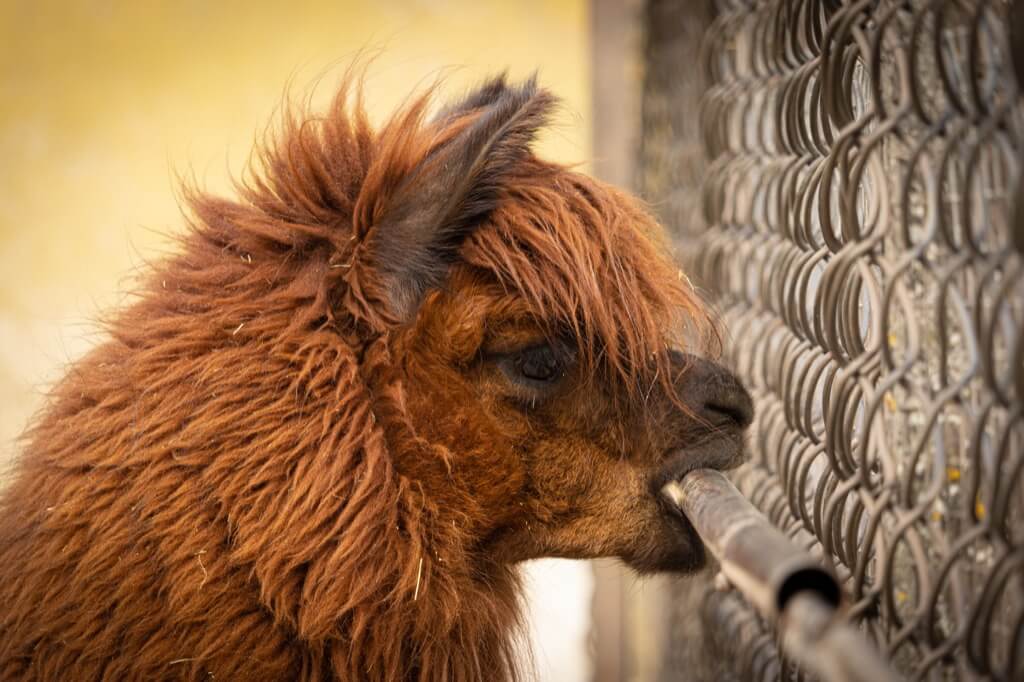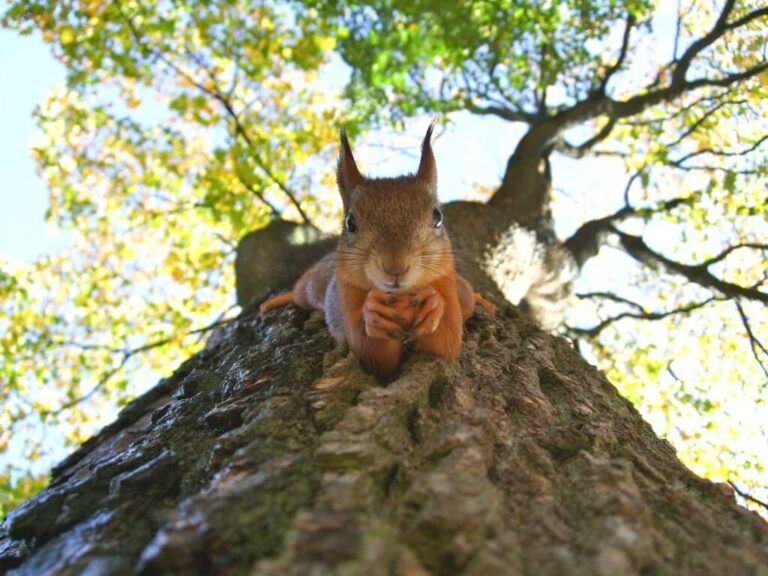Nature’s intricacies often surpass our wildest imagination; the Jewel Wasp is a chilling testament to this. Picture this: a wasp, equipped with a terrifying yet fascinating propagation method, preys upon cockroaches in a manner eerily reminiscent of a sci-fi thriller.
The Jewel Wasp’s strategy is as calculated as it is gruesome. First, it targets the cockroach’s neural system with precise stings, temporarily immobilizing the roach. Paralyzed but conscious, the roach becomes an unwitting host to an evil payload directly injected into its brain. This venom, adept at specific regions, inhibits the cockroach’s ability to initiate complex actions, like walking, effectively transforming it into a docile puppet. According to Furkidz in their “Practical Guide to Bees, Wasps, and Hornets,” wasps can inflict stings that can be pretty painful. Yet, a significant difference exists; some of these species lose their lives following a sting on humans, which is not true when they sting other animals.
With an eerie semblance of a leash, the Jewel Wasp manipulates its zombified prey by guiding it back to its burrow. This external nudging triggers the cockroach’s movement, creating a surreal spectacle of controlled locomotion. Once within the burrow, the wasp deposits an egg onto the roach’s abdomen, initiating the following chilling sequence of events.
Days pass, and as the venom’s grip slackens, a small yet voracious larva emerges from the egg. The unsuspecting roach, seemingly carefree in its burrow, becomes the unwitting host to this insidious intruder. The larva feasts methodically, consuming the roach’s internal organs in a macabre sequence, prolonging the host’s life to sustain its grim existence.
As the larva completes its unsettling feast, the roach’s life succumbs to this parasitic takeover. The larva, now having ravaged its host entirely, cocoons itself within the roach’s body. Within weeks, a mature Jewel Wasp emerges from this haunting cocoon, ready to perpetuate this chilling cycle anew.
Dangers Of The Jewel Wasp
- The Jewel Wasp’s method of parasitic manipulation spells doom for its cockroach hosts. Injecting precise venom into the cockroach’s brain, hijacks the insect’s neural functions, rendering it a mere puppet in the wasp’s control. This manipulation not only leads to the roach’s demise but ensures a prolonged and excruciating end as the larva feeds on the roach’s vital organs.
- The venom’s lethal precision incapacitates the roach’s ability to execute complex actions like fleeing or defending itself. While the roach remains conscious, it becomes a mere pawn in the wasp’s insidious game, utterly powerless to resist the parasitic invasion of its bodily functions.
- As the larva emerges and feeds, the roach’s ordeal intensifies. Consuming the roach’s internal organs in a strategic sequence ensures the host’s prolonged agony. The Jewel Wasp’s larvae employ a meticulous method of consuming the roach’s innards, ensuring their sustenance while prolonging the host’s suffering.
- The parasitic manipulation extends beyond physical domination. The venom alters the roach’s behavior, transforming it into a docile and obedient vessel at the Jewel Wasp’s whim. This behavioral transformation seals the roach’s fate, ensuring its compliance with the wasp’s sinister agenda until its eventual demise.
- The Jewel Wasp’s cycle of parasitic dominance culminates in the roach’s death, signifying the completion of a ghastly chapter in nature’s macabre tale. The larva, having devoured its host entirely, emerges transformed into a mature wasp, ready to perpetuate this harrowing cycle of parasitic control once more.
Bonus Facts
- While the Emerald Cockroach Wasp (Ampulex compressa) is the most well-known jewel wasp due to its parasitic behavior on cockroaches, there are numerous species of jewel wasps, each with unique behaviors and hosts. Some target spiders, beetles, or other insects in their parasitic life cycle.
- Jewel wasps are incredibly precise when injecting their venom. They possess the ability to control and regulate the amount of venom delivered into the host’s brain, targeting specific areas to induce manipulation without causing immediate mortality.
- The venom injected by jewel wasps contains a complex concoction of chemicals that target neurotransmitters in the host’s brain. These chemicals, including peptides and enzymes, disrupt the host’s neural pathways, leading to behavioral modifications.
- Despite the potentially lethal effects of the wasp’s venom on cockroaches, not all species or individuals are susceptible. Some cockroach species have developed immunity or partial resistance to the jewel wasp’s venom, allowing them to resist or recover from the manipulation attempt.
- Before injecting the venom into the host, female jewel wasps engage in meticulous cleaning behavior. They meticulously groom and sanitize the intended sting site on the host to reduce the risk of infection and ensure the success of the parasitic process.
- Jewel wasps exhibit complex courtship rituals, often involving intricate dances and tactile interactions between males and females. These rituals are essential for successful mating and ensuring the viability of future generations.
- To safeguard their offspring, female jewel wasps lay their eggs in carefully chosen locations on or within the host’s body. Some species even utilize specific techniques to ensure the larvae’s protection from potential threats or environmental challenges.
- The larval stage of jewel wasps heavily depends on the nutritional content of the host. Once the larvae hatch, they feed on the host’s tissues or fluids, strategically consuming specific organs or body parts to ensure their survival.
- Depending on the species and the targeted host, jewel wasps exhibit varying levels of control over their hosts. Some manipulate behavior to an extreme extent, while others exert more subtle control, allowing the host some agency.
- Beyond their macabre parasitic behavior, jewel wasps play a crucial role in ecosystems by regulating insect populations. They contribute to the delicate balance of predator-prey relationships, impacting insect populations within their habitats.
- When engaging with cockroaches, jewel wasps exhibit incredible precision, stinging different spots for up to three minutes. Their aim? Locating the sub-esophageal ganglia, a crucial brain region responsible for amplifying walking signals. This behavior reflects their intricate manipulation strategy.
- The average jewel wasp takes about fifteen seconds to locate and sting its target accurately. However, if the subesophageal ganglia remain intact but the nerve is severed, this precise duration remains unchanged. Understanding this timeframe sheds light on their quick and methodical approach.
- Despite the venom’s paralyzing effects, scientists have developed an antidote to counter the impact of the jewel wasp’s venom on cockroaches. This antidote enables the roaches to function more normally after being stung, offering intriguing insights into potential defenses against parasitic manipulation.
- Interestingly, the jewel wasp’s venom’s significant effect on cockroaches primarily hinges on its precise target—the sub-esophageal ganglia. Injecting the venom into other brain regions shows no significant impact, emphasizing the venom’s specific neurological influence.
- Following a single mating session, a female jewel wasp displays remarkable reproductive prowess, laying eggs on up to twenty cockroaches. This efficiency in egg-laying highlights the wasp’s reproductive strategy and the sheer number of potential hosts it can parasitize.
- Jewel wasps are adaptable creatures, inhabiting a wide array of tropical habitats across the Pacific Islands, India, and Africa. Despite their parasitic nature, these wasps boast a relatively long life expectancy, surviving for many months in their diverse environments.
Nature’s intricate tapestry showcases an awe-inspiring predator, employing precise strategies to manipulate its hosts. These revelations into a fascinating predator’s behavioral intricacies underscore the captivating power play within the insect realm, shedding light on the nuanced dynamics of survival and predation in the wild.





